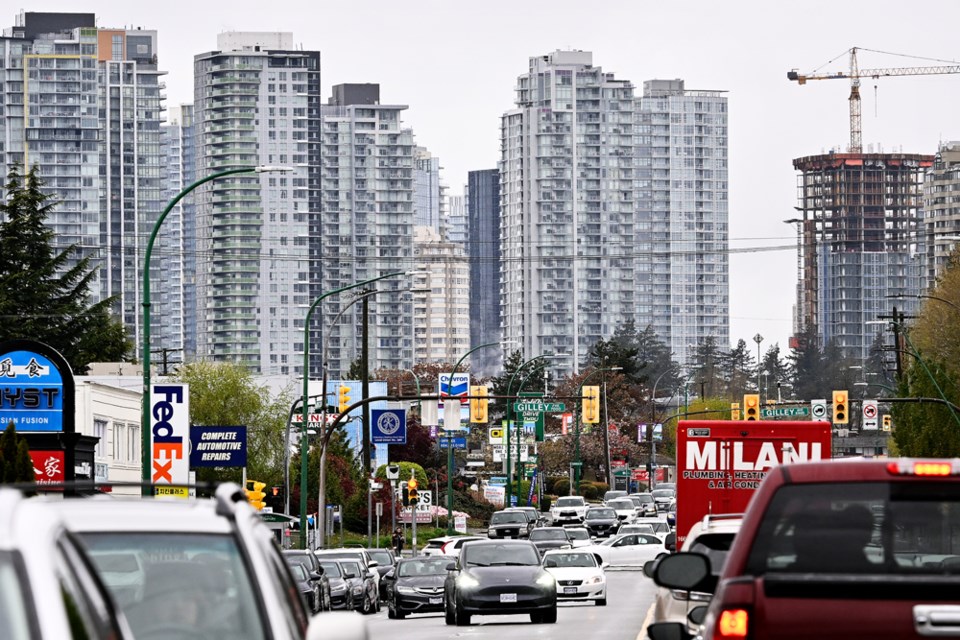Burnaby has started the process of converting its much lauded tenant assistance policy into a bylaw with more enforcement authority, but the bylaw likely won’t cover the majority of the city’s renters.
The city plans to use its current policy, which only applies to renters who live in a purpose-built market rental building with five or more units, as the basis for the new bylaw, according to a staff report presented to council Tuesday.
Burnaby’s tenant assistance policy, often called one of the strongest in Canada, aims to protect renters displaced by development, locally called “demoviction.”
Eligible renters at risk of demoviction are guaranteed first right of refusal in the redeveloped building at the same rent the tenant paid, plus annual allowed increases.
The city also requires developers to compensate tenants in the form of rent top-up payments to “bridge the gap” between the tenant’s rent at the old building (often substantially below market rates) and the market rate while the new building is under construction.
What about secondary market renters?
Staff said they don’t have high hopes for the bylaw protecting secondary market renters, those who rent out individually owned units, such as a basement suite in a house or a strata condo.
“It looks right now that that may not be possible,” Johannes Schumann, director of community planning, said at a planning committee meeting March 12.
Almost 65 per cent of Burnaby renters are in the secondary rental market, according to Burnaby’s housing needs report in 2020.
Last year, council unanimously passed a motion by Coun. Alison Gu that asked staff to study tools to protect secondary market renters.
Schumann said staff aren’t ignoring Gu’s motion, however, he noted there are “a number of legal issues related to what is considered an ‘eligible tenant’ under provincial law.”
As part of the new bylaw process, staff will continue to study ways to assist tenants in secondary rental suites at risk of displacement.
Switching from tenant policy to bylaw
The new tenant protection bylaw will have slightly sharper teeth than the current policy.
The switch to a bylaw comes as a result of provincial legislation giving cities the authority to develop tenant protection bylaws, according to the staff report.
Staff said adopting a tenant protection bylaw would help more tenants than the current policy, which only applies during a rezoning process.
A tenant protection bylaw “would enable protections to extend to the redevelopment of existing purpose-built rental projects that do not require a rezoning,” said the report.
Bylaws also give a city more authority over enforcement.
The tenant protection bylaw would give the city the authority to protect renters through typical bylaw enforcement, such as violation notices and fines to ensure compliance, according to the report.
The current policy uses “more cumbersome mechanisms” through the rezoning process to get developers to comply with requirements.
Staff aim to complete the tenant protection bylaw in late 2025 or early 2026, the same time as the new Official Community Plan and zoning bylaw rewrite.





